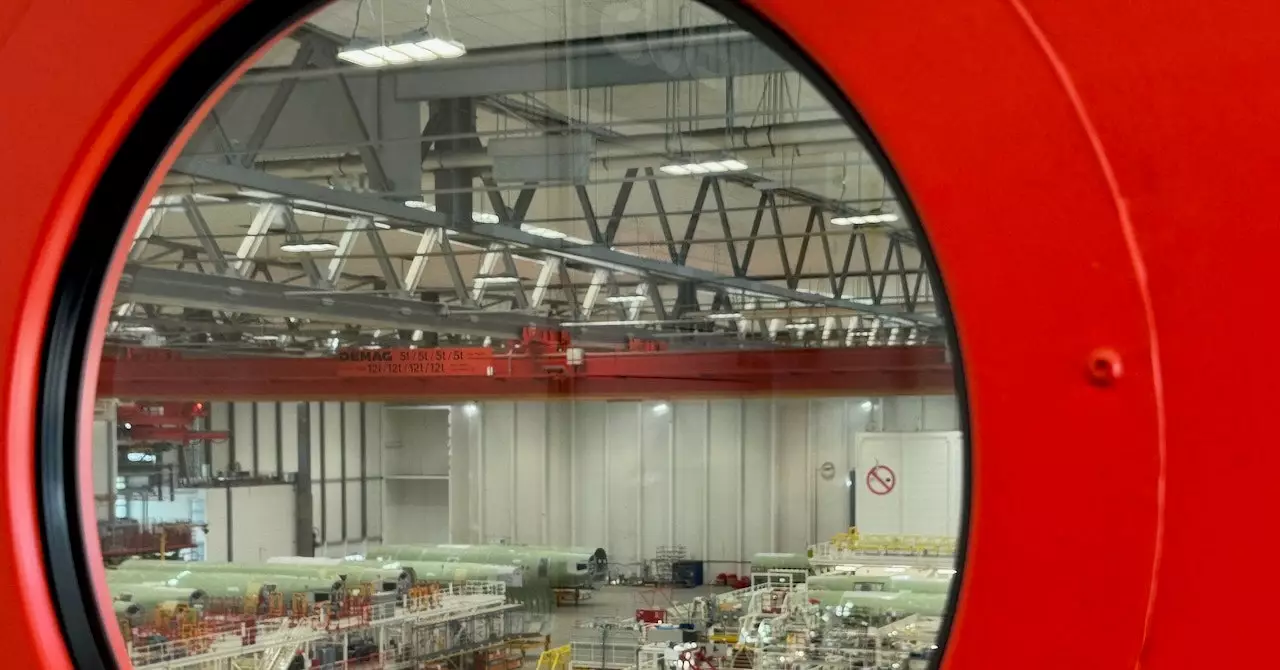The moment when a new owner signs for an aircraft and picks it up is a crucial milestone in the life of an airliner, akin to a driver collecting a new car from a dealership. In this case, an Airbus A321neo is parked at Hamburg-Finkenwerder, Germany’s second airport, designated by Airbus for testing, logistics, and delivery of airplanes to customers. This specific aircraft is set for delivery to Wizz Air, a low-cost Hungarian airline, with pilots, cabin crew, and airline executives present for the occasion.
Cost and Production
Pricing details for individual aircraft purchases are typically undisclosed by airlines and manufacturers, but the base price for a single Airbus A321neo is approximately $110 million. The specific plane, registered as H9-WNM for Wizz Air, was assembled at Airbus’s Hamburg factory within just over a year. In addition to Hamburg, Airbus also has production centers in Toulouse, France; Mobile, Alabama; and Tianjin, China, known as final assembly lines (FAL), where various components combine to form the complete aircraft.
Manufacturing and Logistics
The intricate process of aircraft production involves a network of dozens of factories and centers globally. Airbus manufactures some components internally while outsourcing others to third parties. These parts are then transported to the FAL for assembly. The logistics of coordinating these deliveries are complex, relying on a combination of transportation modes including boat, train, road, and air. Airbus employs specialized transport planes called Belugas, designed to transport large components like fuselages between production centers.
Overall, the delivery process of Airbus A321neo aircraft involves a meticulous coordination of manufacturing, logistics, and assembly to ensure the successful handover of the aircraft to the customer. The significant investment and resources required for manufacturing and delivering these aircraft highlight the commitment of airlines and manufacturers to meet the demands of the aviation industry.

